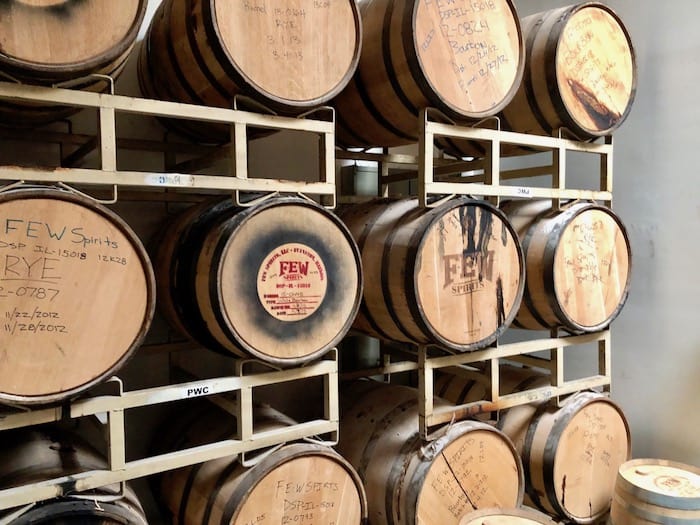The perception of flavor in human physiology is an incredibly complex process. It is an exquisite dance performed by a trio of performers – the palate, the olfactory bulb, and the brain.
The approximately 10 million olfactory receptors humans possess are responsible for delivering to several areas of the cortex the messages used to assemble a flavor map from the stimulus or stimuli with which the system is presented. These messages can comprise up to 90% of the information that ultimately becomes the perceived ‘flavor’. The remainder is delivered by the taste receptors, or papillae in the tongue. This highly evolved system is capable of detecting an incredible array of flavors. Fortunately for humans, whisk(e)y in all its forms stands ready to deliver that array in a way that not only connects the drinker to the magical alchemy by which it is created, but also to its place of origin, to the culture that surrounds it, and to the people who created it.

Experiencing the vast spectrum of flavors and aromas in a great whisky might lead one to wonder on some level, where do they all come from?
The answer, of course, is also incredibly complex. If one overriding rule exists when it comes to the enjoyment of whisky, it’s that the experience is uniquely the domain of the individual and should be conducted in whatever way brings her or him the most joy. The prism through which an individual perceives a given whisky is irreplicable by any other individual, and therefore carries with it an autonomy and an infallibility (regarding the enjoyment of whisky, at least) which it bestows on its possessor.
That being said, forming a consensus regarding at least some elements of whisky flavor isn’t completely out of reach. Vanilla, toasted coconut, honey, caramel, citrus, dried fruits, smoke, flowers; these and many others are potential aromatic or flavor characteristics in whisky upon which we might share a common opinion regarding their presence or absence in certain whiskies.
Taking one of those hallmark (for lack of a better word) whisky characteristics and stepping back through the production process in search of its possible source(s), let’s have a look at ‘honey’.
Among other things, barley is a source of amino acids. During the fermentation phase of whisky production, yeast metabolizes amino acids into a number of fusel oils. Fusel oils in and of themselves are quite sharp and solventy, but combined with aldehydes derived from the yeast, esters are formed. One of these esters, Methyl phenylacetate, is associated with the flavor and aroma of honey. Methyl phenylacetate isn’t soluble in water, but it is soluble in organic solvents, like alcohol. Methyl phenylacetate isn’t necessarily a guaranteed source of the honey sensation the whisky drinker might perceive, though. It might just as easily have undergone a chemical change during the distillation process, or it may have oxidized during maturation and is producing a different set of organoleptics in the final product.
Perhaps that honey sensation you’re experiencing is derived at least in part from the oak of the barrel in which the whisky was matured. When a barrel is heated, oak structures like lignin, hemicellulose, tannins, and other wood extractives break down and become alcohol soluble flavoring and coloring elements for the whisky matured in it. Perhaps that honey sensation you’re perceiving is the caramel notes of the oak derived compound Cyclotene playing off the floral notes of the terpene Linalool formed during fermentation.
Part of the potential for fascination that whisky brings with it is that there’s no way of proving that a given flavor element emanates from a single source. The real magic is found in the harmonious balance of thousands of compounds filling the senses all at once with their beguiling, beautiful union, transporting the drinker instantly across time and space toward a singularity in which the drinker, the whisky, and all the culture, history, people, processes and stories that created it are woven together.








